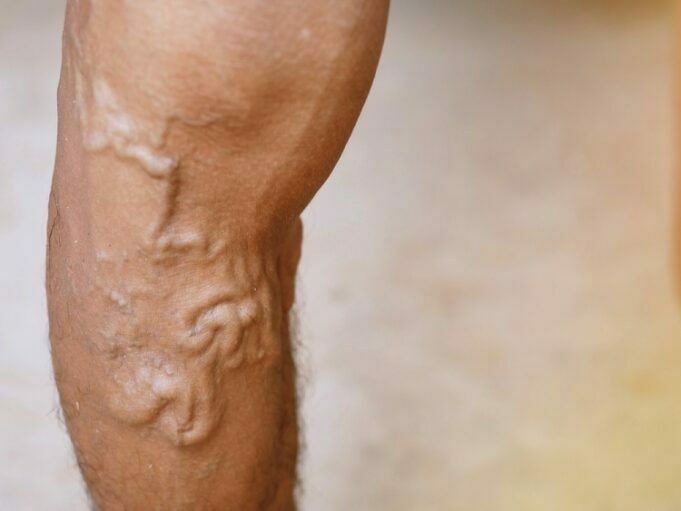Varicose veins are enlarged, twisted, and spidery blood vessels that can often be found in the legs. These veins usually form as a result of decreased venous return resulting from pregnancy and chronic venous disease. They typically appear on the legs but can also develop on the saphenous vein, which is near the surface of your skin behind your knee joint.
A person with a history of leg swelling, a family history of varicose veins, or risk factors such as age, sex, and heredity is more susceptible to developing plantation varicose veins. Other risk factors include prolonged standing on the job and chronic venous insufficiency that’s often treated with compression stockings.
Let us now see more into the common risk factors for varicose veins.
Table of Contents
1. Family history
Family history is one of the major risk factors for varicose veins. Approximately 1 in 8 people over the age of 65 have some form of leg or foot swelling and most people over the age of 50 have some leg swelling. If you or your family members or close friends have had leg swelling it is important to see a physician immediately so that you can be treated for varicose veins.
2. Age
The age of a person is another risk factor for varicose veins. Actually, the older you get the more likely you will develop them, with the highest risk after age 60. You can look for these varicose veins when you are in your 50s, as swelling in the calf happens mostly as time goes by. Therefore, it is a good idea to see a doctor if you have been noticing swollen legs or ankles.
3. Gender
You may also have an increased risk if you’re female. Yes, women tend to get varicose veins more than men. The reason why women are more likely to develop varicose veins than men is that they have a shorter vein length. Women are also at a higher risk for developing varicose veins because they experience three times as many blood volume changes.
4. Obesity
You may also have an increased risk if you’re obese. The reason why obese people are more at risk of developing varicose veins is that the extra weight puts pressure on their leg veins, causing them to enlarge.
5. Pregnancy
During pregnancy, the weight of the baby puts pressure on the main vein in the legs. This extra pressure can cause varicose veins and increase your risk of getting them.










